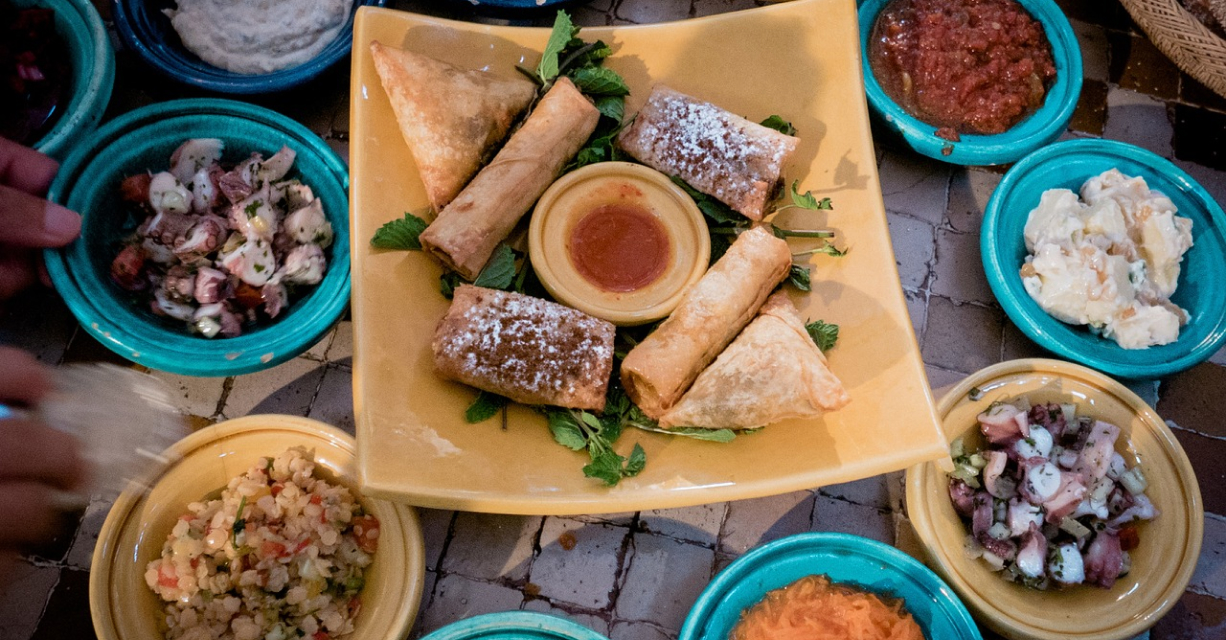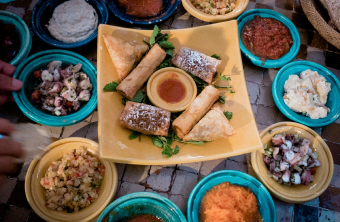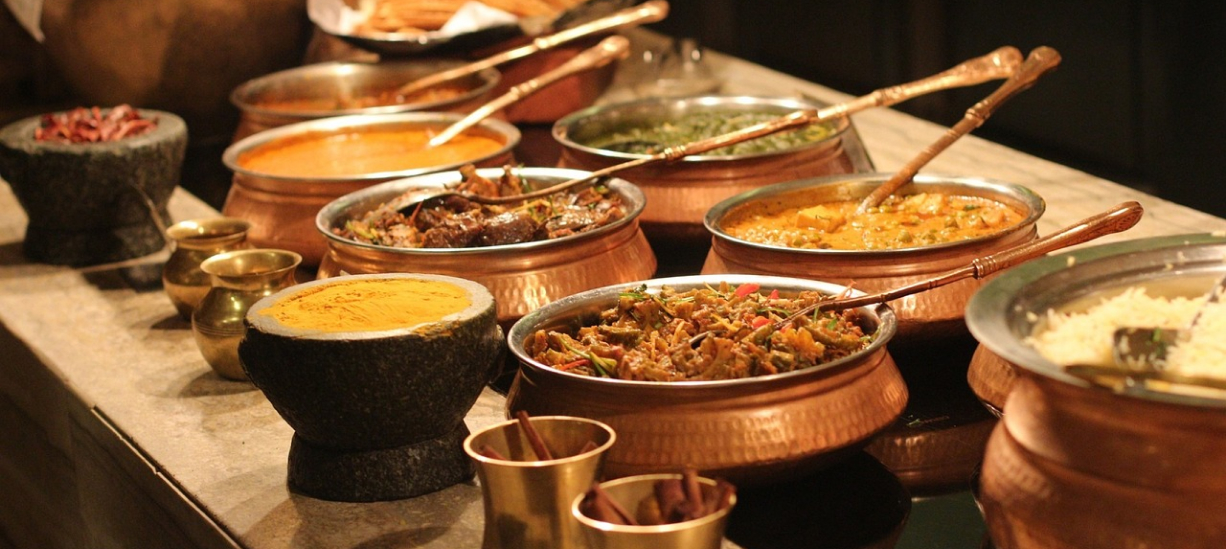

As we step into 2024, the culinary world is witnessing a profound resurgence of Indigenous Cuisines, an exciting trend that celebrates the rich tapestry of ancestral culinary traditions, local ingredients, and sustainable practices. This movement towards embracing the roots of culinary heritage is not just about discovering unique flavors; it’s about connecting with the deep cultural narratives and eco-friendly methods that define Indigenous cooking. Here’s why the Revival of Indigenous Cuisines is becoming an essential part of the restaurant industry’s future:
In an era where authenticity and originality are the pinnacle of culinary excellence, Indigenous Cuisines offer an unadulterated glimpse into the rich culinary histories that have shaped cultures for centuries. Restaurants that feature Indigenous dishes provide diners with a genuine taste of local traditions, appealing to those in pursuit of undiscovered and authentic dining experiences.
Integrating Indigenous Cuisines into modern dining is a powerful act of cultural preservation. It safeguards invaluable culinary knowledge and traditions, ensuring they continue to thrive amid globalization. Restaurants play a crucial role in this preservation, acting as guardians of ancient cooking techniques and recipes handed down through generations.
Indigenous cooking practices are inherently sustainable, often emphasizing the use of local, seasonal, and foraged ingredients. This approach not only minimizes the environmental impact but also supports biodiversity and local ecosystems. By adopting these practices, restaurants can contribute to a more sustainable food system, resonating with the growing consumer demand for eco-friendly dining options.
The revival of Indigenous Cuisines introduces diners to a world of untapped flavors, herbs, spices, and cooking methods. These unique culinary elements offer chefs the opportunity to stand out in a crowded market, crafting menus that surprise and delight patrons with dishes that tell the stories of the world’s oldest cultures.


Each Indigenous dish is a story waiting to be told, rich with cultural significance and history. Restaurants have the unique opportunity to weave these narratives into their menus, creating a dining experience that is not only about food but also about learning and connecting with different cultures.
Sourcing ingredients for Indigenous dishes promotes the local economy, supporting farmers, foragers, and producers who are the stewards of the land. This support helps sustain local communities and provides a direct link between the diner and the origin of their meal.
The spotlight on Indigenous Cuisines encourages a meaningful exchange between cultures, fostering understanding and appreciation among a diverse clientele. It opens doors to conversations about history, tradition, and the importance of respecting and celebrating cultural differences through the universal language of food.
As we embrace 2024, the Revival of Indigenous Cuisines is more than just a culinary trend; it’s a movement towards acknowledging and honoring the depth, diversity, and sustainability of the world’s culinary traditions. It’s an invitation to restaurants and diners alike to explore, appreciate, and preserve the rich heritage of Indigenous cooking, ensuring that these precious traditions continue to enrich our lives and palates for generations to come.